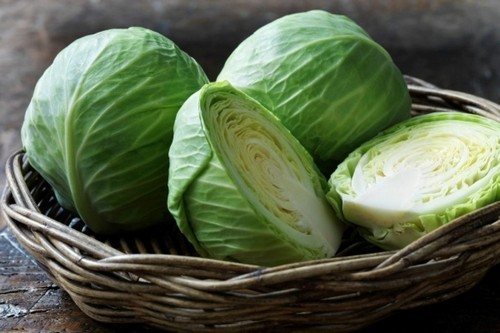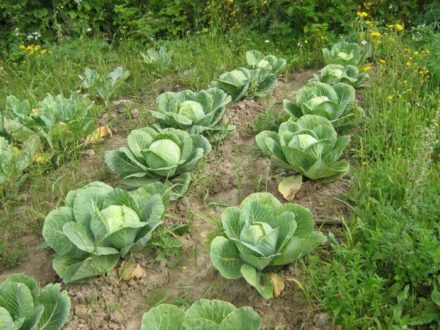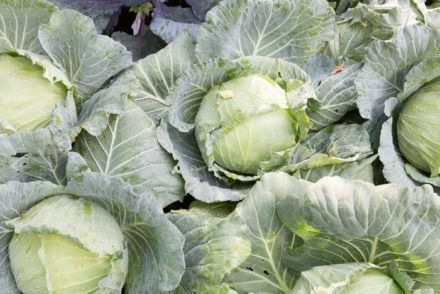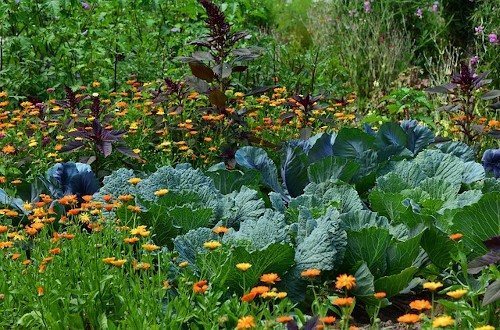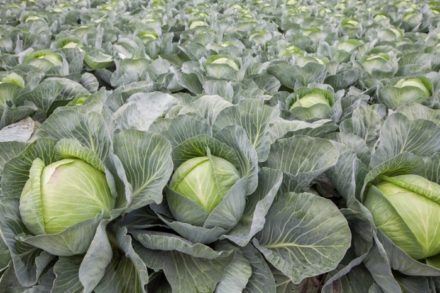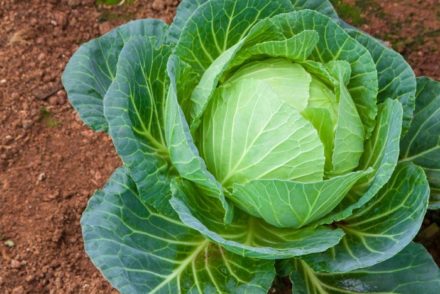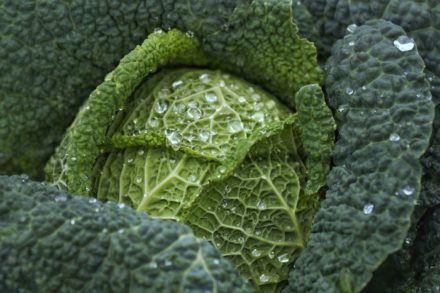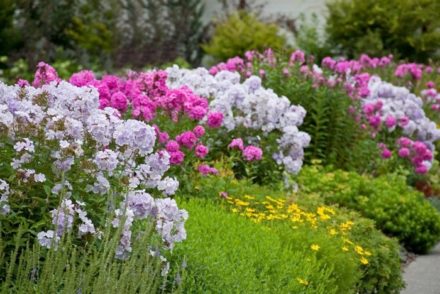Cabbage is grown by almost every gardener; it is unpretentious in care. Sowing begins at the end of February, in March - April for seedlings. Strong, healthy cabbage seedlings are the key to a good harvest, so many gardeners know that to grow it, you need to follow agrotechnical growing rules.
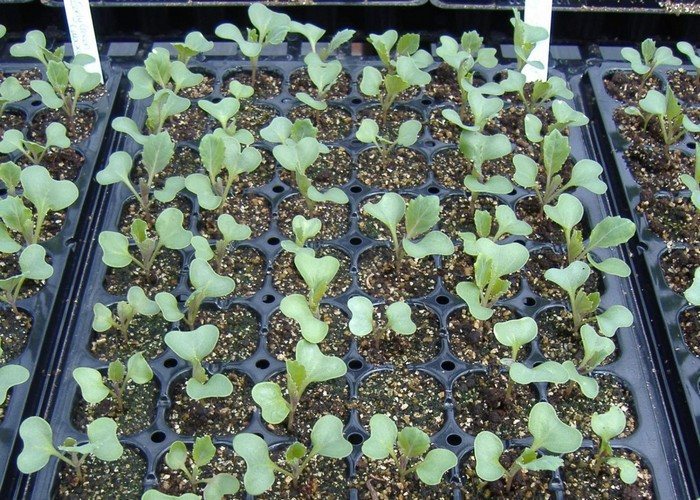
Sowing time
Unfortunately, not everyone knows that it is necessary to sow seeds of different varieties, different in terms of growing and ripening time, at different periods of time. And often beginners make the mistake of sowing early, mid and late varieties at the same time. They also purchase varieties that are not suitable for growing in this region.
Conditions for correctly determining the sowing date
Region in which it will be grown
To sow seedlings and successfully grow them, the order and planting regimes are followed in accordance with the weather conditions for each region and the method of cultivation in the garden or in a greenhouse (in a greenhouse, on a window in cassettes, tablets).
- In central Russia, the optimal time for planting in greenhouses is from the 2nd week of March to mid-April. In open ground - from the last week of March to the end of April.
- Northern regions in greenhouses - from the 20th of March to the end of April. In open ground - from mid-April to 1 week of May.
- The south of the country is planted in greenhouses starting at the end of February (20-25). In open ground - from mid-March to the end of April.
Cabbage ripening time
The period for sowing seeds and cultivating seedlings must be calculated based on the period of ripening of heads of cabbage. For seedlings to grow and be well accepted in open ground after transplantation, 20-45 days must pass from the time of sowing, but it is desirable for 3-4 true leaves to form. If you do not adhere to the deadlines, then such a mistake will have negative consequences during further cultivation in the form of overgrown seedlings or, conversely, too small and frail seedlings and, accordingly, failure to set heads.
- Early and mid-early - have a period of 55-75 days, so they are sown for seedlings for 18-21 days, after which they are transplanted into the garden, into prepared soil;
- average - 40-45 days for seedling growth plus 70-95 days for its growth and maturation, resulting in 110-140 days for cultivation;
- medium-late and late, in time - from 130 to 170 days.
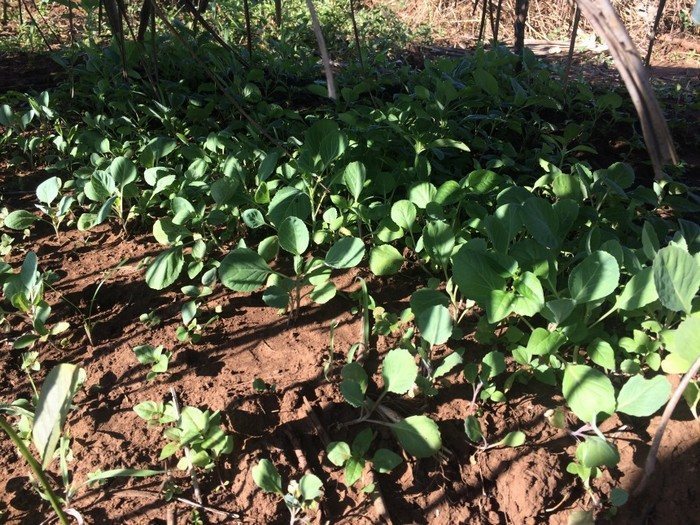
Soil quality and composition
The biggest mistake is that many people think that if they take soil from the garden, nothing will happen to the seedlings and they will grow strong.
- Pest larvae, pathogenic fungi and infections may remain in it.
- The soil acidity level is higher or lower than acceptable for the successful growth of cabbage seedlings.
- Soil composition that will be difficult for the growth of the root system.
Therefore, it is better to purchase a special soil mixture for growing cabbage, first treating it with high temperature (warming, pouring boiling water) or manganese before sowing. Of course, you can make your own soil mixture, but if you take soil from the garden, it is better to pre-treat it.Add vermiculite and perlite for a looser state and check for acidity level, which should not exceed 6.5-7. The optimal soil is loamy for growing healthy seedlings.
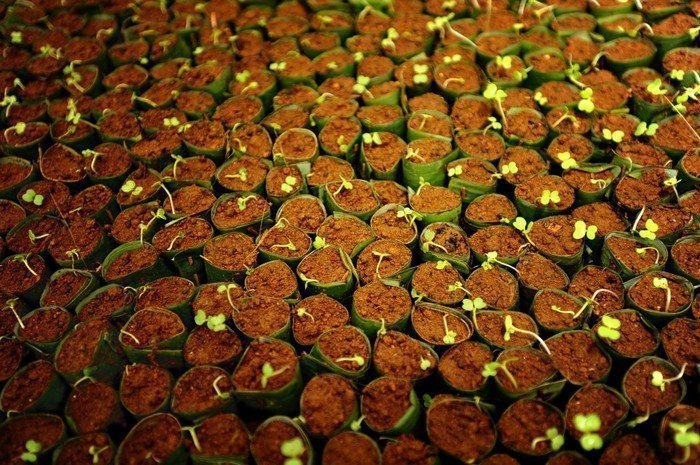
Violation of temperature and light conditions
Cabbage is a light-loving plant, when growing it it is necessary to provide light for at least 15 hours a day, so be sure to provide additional light in the evening with a fluorescent lamp. The mistake of many gardeners is that, even if you put seedlings to germinate on a windowsill, there is not enough spring daylight, since it does not dawn very early and it still gets dark quickly. The optimal daylight hours are 18-20 hours.
Cabbage is unpretentious to temperature; many varieties can withstand even slight frosts, and this is where the mistake arises. Cabbage can withstand frost when the seedlings are in the open ground and are already strong or ready to be harvested. But when growing seedlings, the following logical sequence should be followed:
- After sowing the seeds until the first shoots, the temperature regime is at least 20 ° C.
- When the first true leaves appear, during the day it is reduced to 15-17 ° C; it is enough to move the container with seedlings to another room when growing on a windowsill or reduce the heating temperature in the greenhouse. At night, it should be reduced to 8-12 °C. This method, with a decrease in temperature, will prevent the seedlings from stretching and strengthen them.
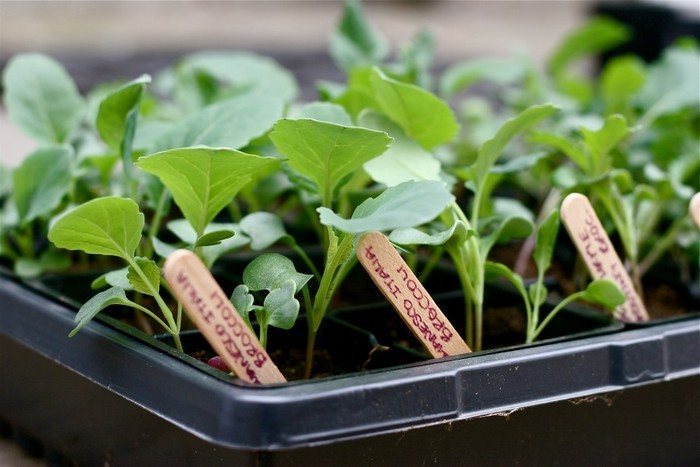
Features of watering
Another myth and mistake is that cabbage loves moisture very much. Yes, this is true, but you should not be overzealous.The soil should be moist, but not flooded, otherwise fungal diseases and rotting of the root system may appear. Do not overdry the soil. If seedlings grow in cassettes or peat tablets, then they need to be moistened daily with a spray bottle. And if in greenhouses and greenhouses, then it is better to provide drip irrigation.
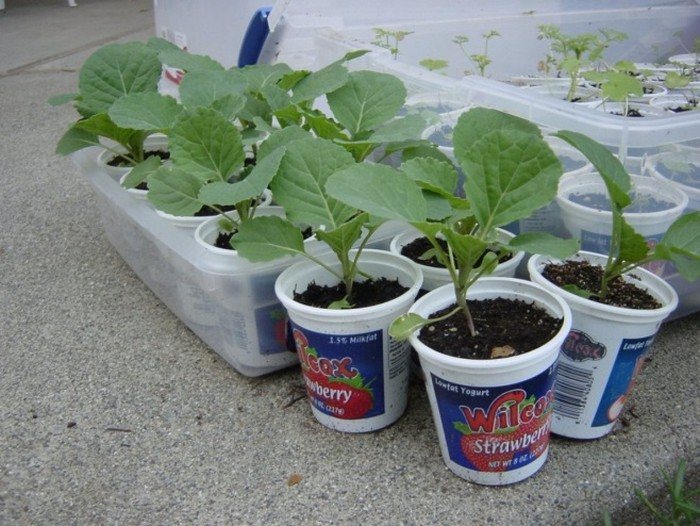
Thickened plantings and lack of fertilizing
And the last mistake - at the stage of growing planting material, it does not need to be fed, then it does not matter how it is sown with respect to the distance or not.
Thickened plantings do not allow young seedlings to develop normally and build up a root system; in such conditions they simply do not have enough nutrition. Some grow 1-2 days earlier, others later, and accordingly, large plants block the light from small ones. The most suitable planting pattern for seedlings is 4x4 or 5x5.
Seedlings should be fed every 10-15 days after sowing; for the first feeding, you need to choose a fertilizer that promotes rapid growth and contains nitrogen. The second feeding is complex fertilizers with potassium and phosphorus, which promote the growth of the root system and strengthen it.
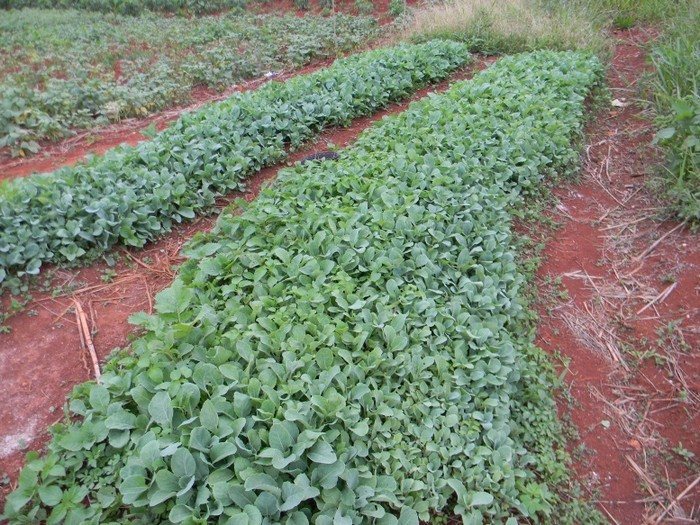
Each type and variety of cruciferous vegetables has its own cultivation technology, but the basic rules do not change, so in order not to be left without seedlings, you should adhere to them.


